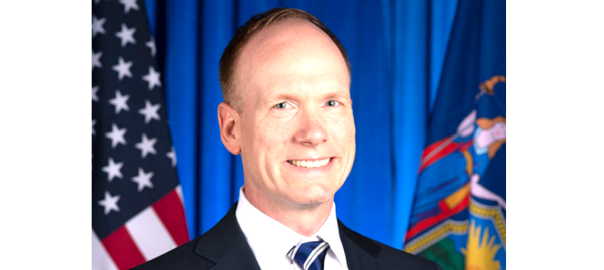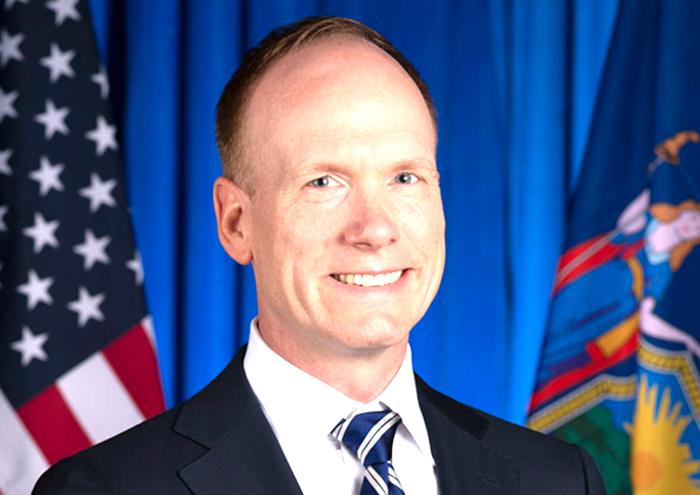
Governor Hochul Protected New Yorkers by Saving CDPAP From a Fiscal Crisis — and We’re Not Going Back
The health, safety and well-being of all New Yorkers is Governor Hochul’s top priority – especially when it comes to those who rely on State programs like Medicaid for life saving care and support. The Governor has also made it our collective duty to work within the State’s means, ensuring these programs are sustainable for years to come.
In recent years, growth in New York’s Consumer Directed Personal Assistance Program, or “CDPAP” – which allows certain enrolled individuals the ability to hire their own caregiver – has ballooned, outpacing statutory growth projections and dwarfing spending of similar programs in neighboring states. This growth has become so unsustainable that it threatened the stability of CDPAP itself, and by extension, the Medicaid program as a whole – a consequence the Governor was simply not willing to accept. Reform was necessary.
Look at the basic facts of CDPAP. Since 2018, the cost of operating the program has grown over 260%, and utilization has increased by 1200%. Comparatively, personal care service expenses attributed to licensed home care service agencies has increased by only 23%.
This astronomical growth prompted some obvious questions: Why was this precipitous increase just confined to this one program? Was this level of growth sustainable?
The growing number of fiscal intermediaries raised concerns. As first envisioned, the role of fiscal intermediaries was relatively straightforward; limited to advancing payroll and providing other back-office, non-consumer facing functions. While fiscal intermediaries were not tasked to provide care, under previous practice, lax rules created pervasive incentives to derive profit from the program, creating an unjustifiable burden on taxpayers. Over time, fiscal intermediaries discovered a taxpayer funded means to drum up more business through slick marketing and aggressive recruitment campaigns.
By 2024, New York had over 600 fiscal intermediaries when other states had only one, or very few. The market for fiscal intermediaries in New York became gravely distorted, incentivized waste, and drew away much needed funds from a valued program. In response, the Fiscal Year 2025 Enacted Budget mandated the transition to a single statewide fiscal intermediary in an effort to achieve administrative cost savings while leaving benefits and eligibility rules unchanged.
Look no further than a fraud conviction of a fiscal intermediary announced by the US Attorney’s Office earlier this month. An adult day care center operator who also set up a fiscal intermediary business billed for services never rendered, illegally collecting Medicaid dollars by laundering these same proceeds, and generating cash to pay kickbacks and bribes to over a dozen other co-defendants. This scheme was in effect from 2017-2024 and allowed for over $68 million of New York State taxpayer support to be diverted from caregiving. This was all made possible by the lack of transparency and oversight, fueled by a growing cohort of fiscal intermediaries and their affiliate businesses.
Under the leadership of Governor Kathy Hochul, the agencies of New York State take on challenging issues every day, scrutinizing spending, searching for efficiencies and improvements to provide continuity of critical services while protecting taxpayers. The transition to a single fiscal intermediary was a complex challenge that was met by a multi-million-dollar ad campaign, indirectly financed by state taxpayer dollars, aimed at maintaining the status quo of minimal programmatic requirements with limited oversight. Shadowy corporations, who provided nothing to the delivery of direct care were financially incentivized to prevent the transition and subjected the public to months of fearmongering in an effort to protect their collective “racket”.
Despite these unprecedented challenges, this necessary reform has already proven worthwhile. To date, 206,000 consumers have completed the transition process, and administrative cost savings assumed in the Budget are on target to be realized.
When it comes to CDPAP, New Yorkers should know the Governor’s highest priorities are to preserve community-based care for those currently enrolled, provide better oversight of this program, and create a more sustainable path to ensure its continued availability for those that need it most.
New Yorkers expect – and deserve – nothing less.
New York State Budget Director Blake G. Washington

